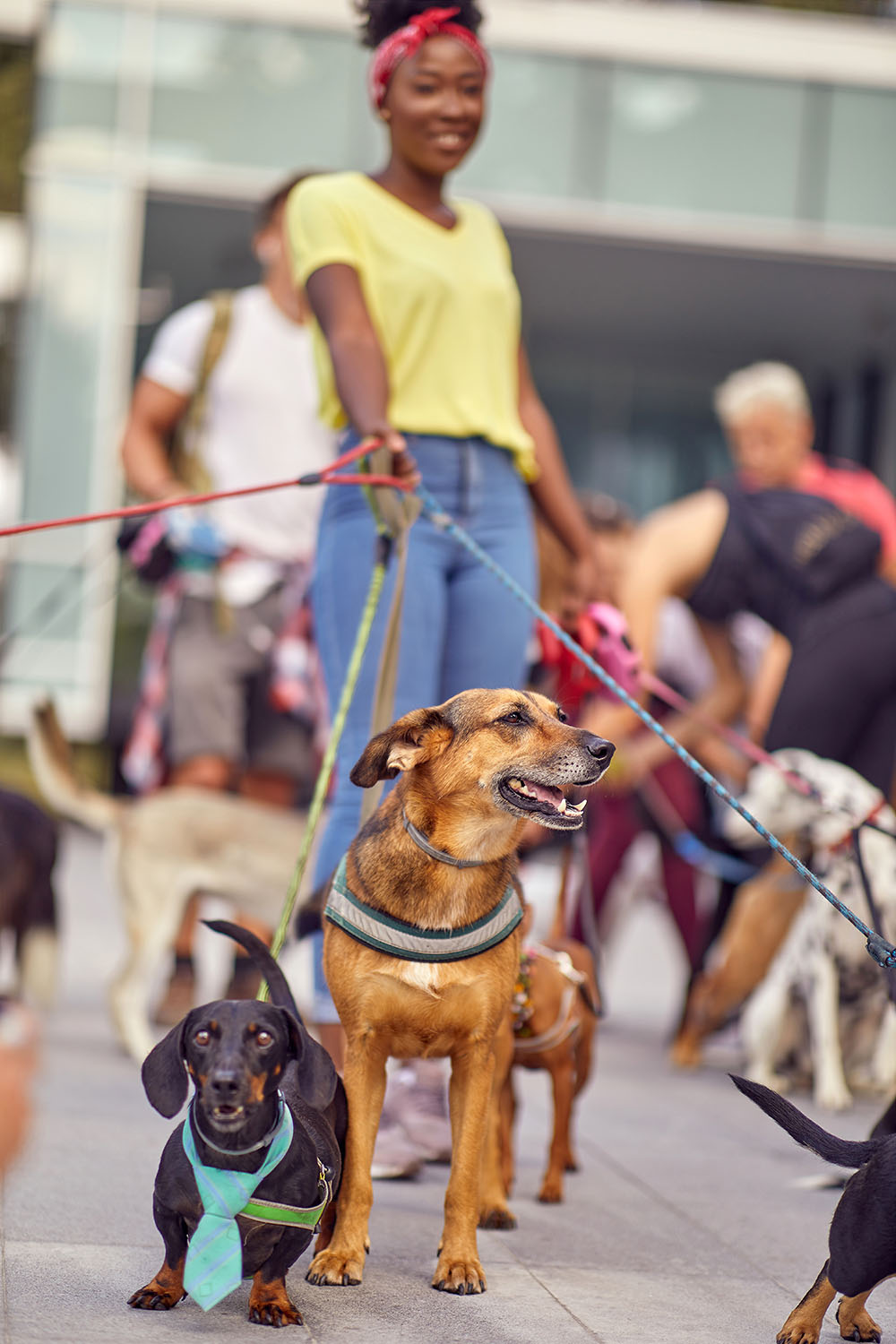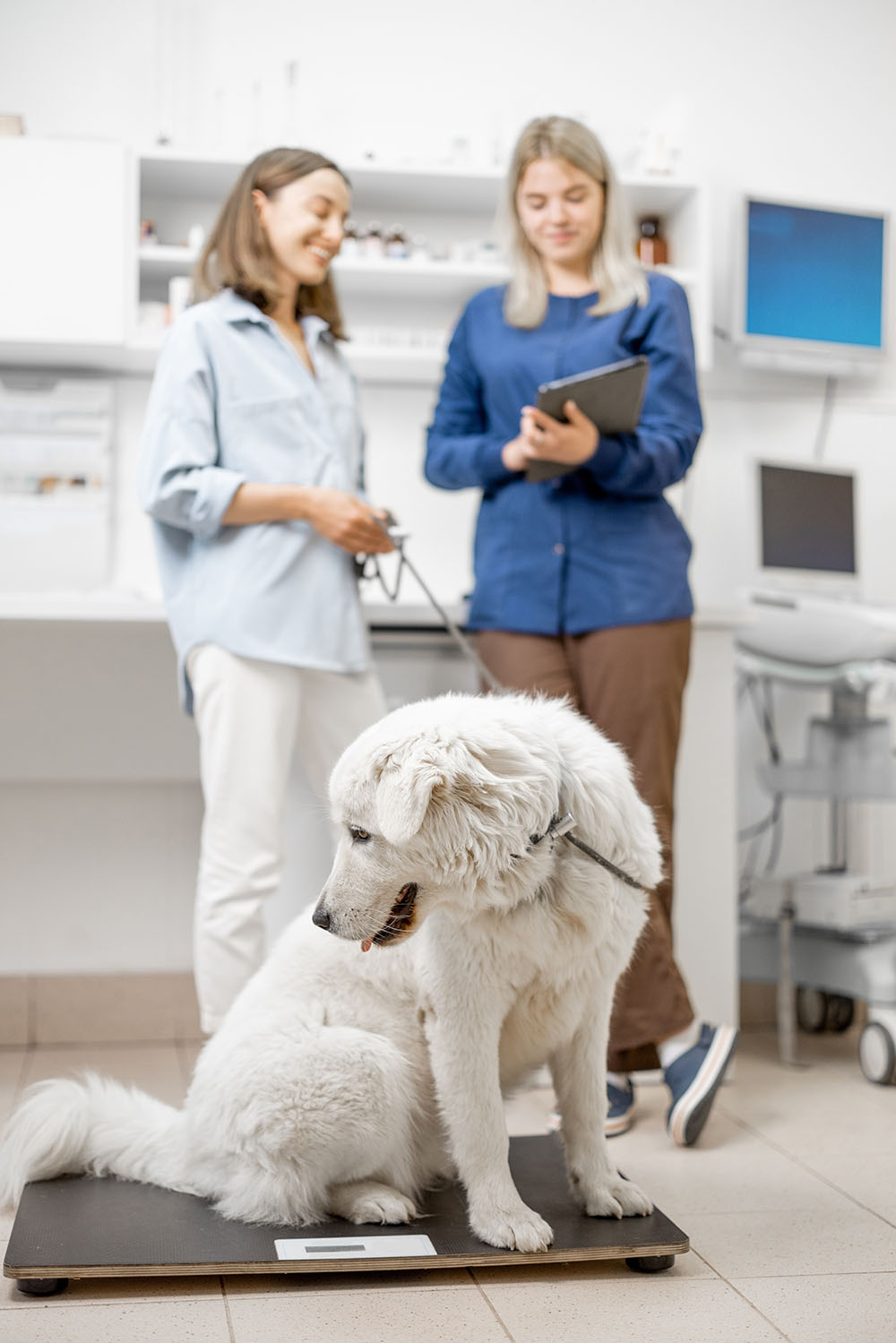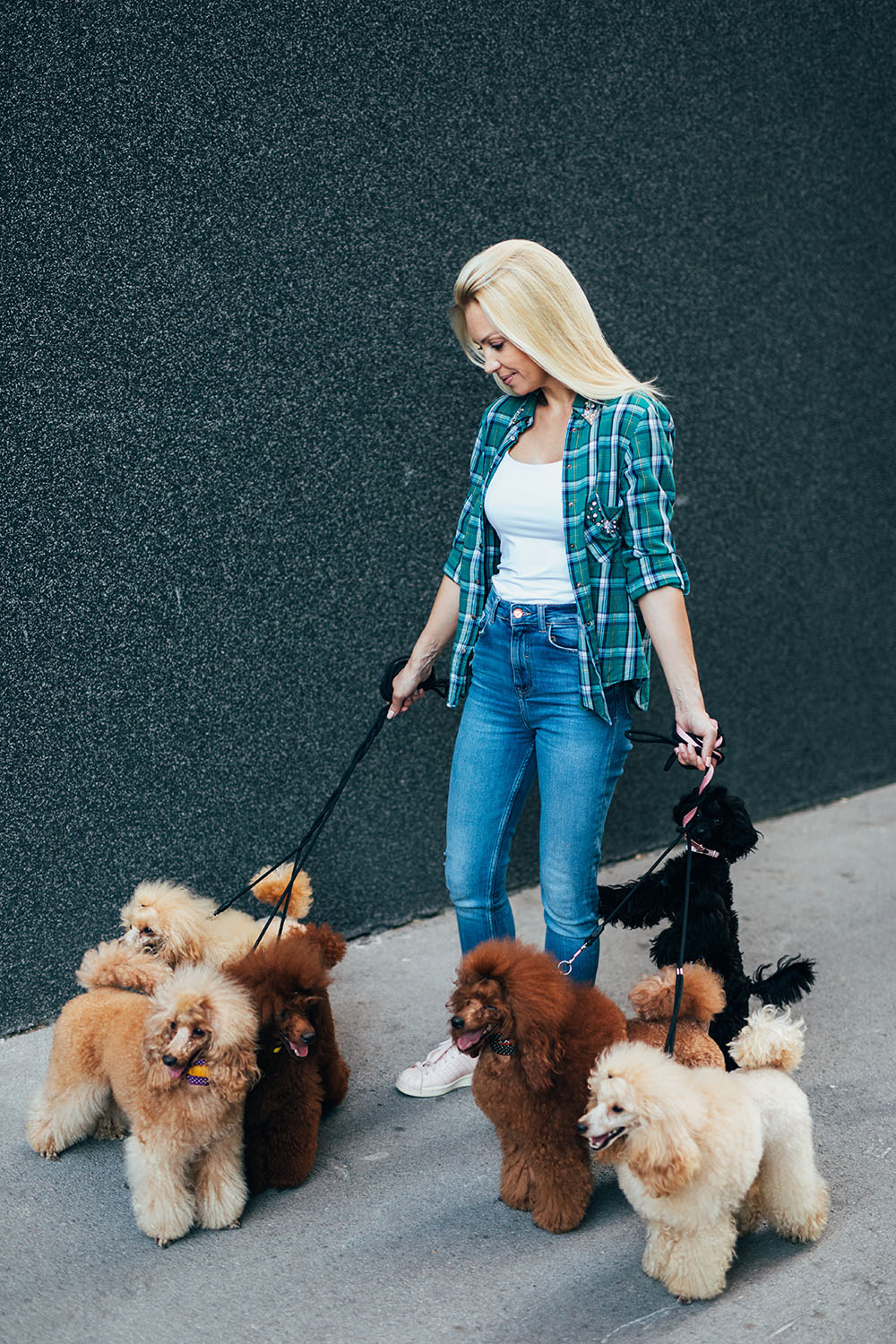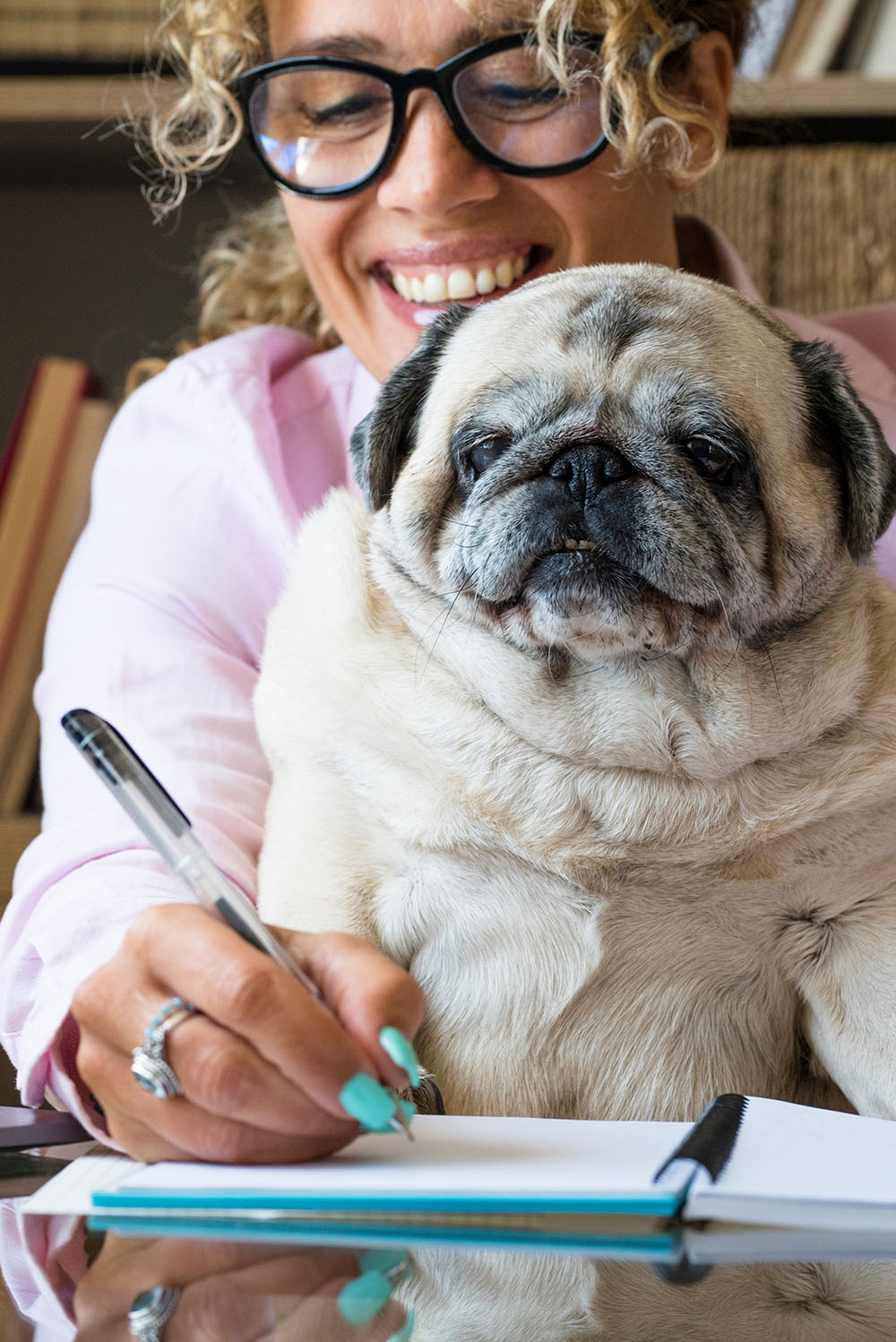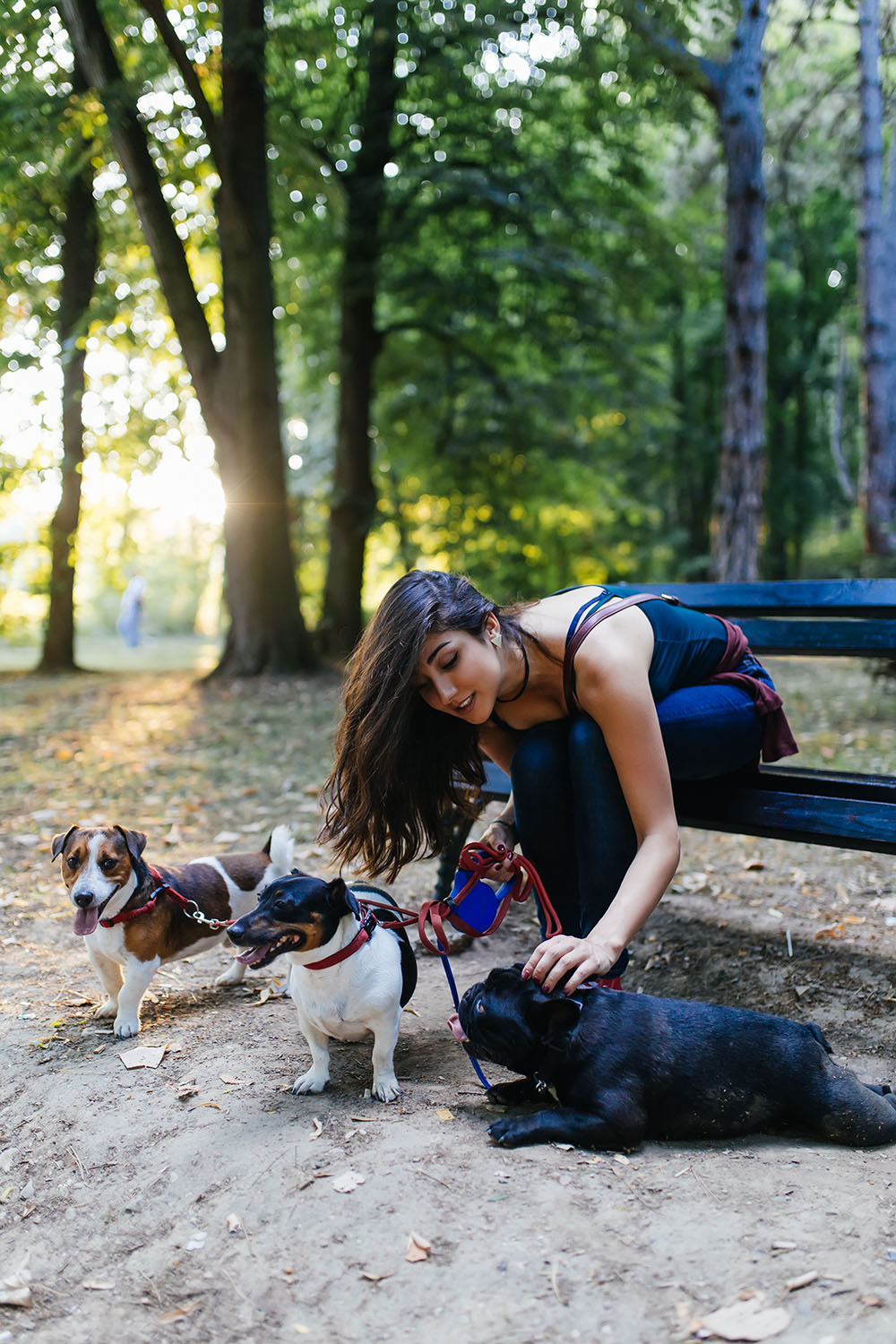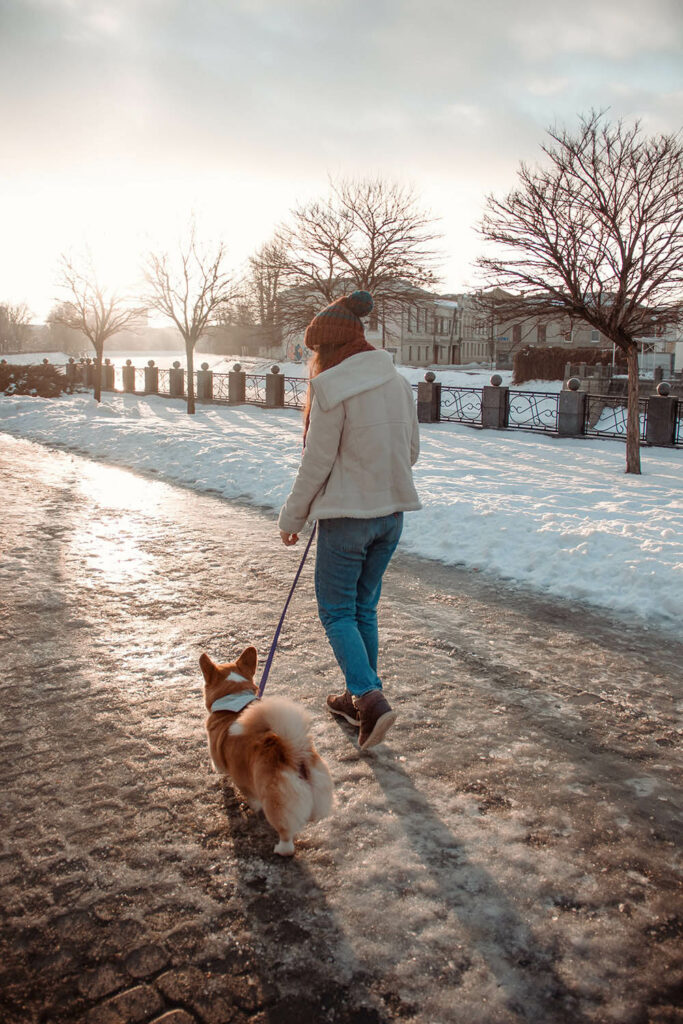
Daily walks benefit both a dog’s body and the psyche. Dog trainers and veterinarians recommend walks for several benefits, including hyperactivity and weight reduction. Going on walks with your dog is not only a great way to exercise and strengthen your relationship, but it’s also a healthful pastime you might want to develop. Still, what is the ideal night and morning routine for dogs? Let’s find out, shall we?
In this article:
Typical Dog Walking Rates
According to experts and our observations, dogs should exercise for 20 minutes to two hours daily. Although your elderly dog usually won’t require more than two hours of strenuous walking, your furry friend might enjoy this workout time.
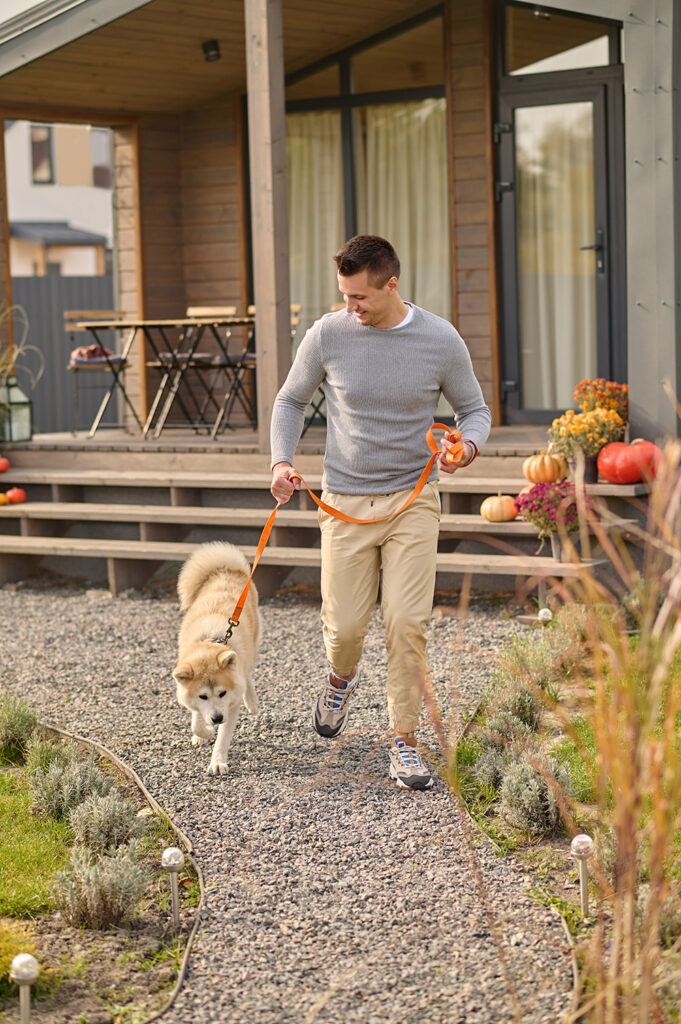
One thing you need to note: be careful to look for signs of weariness in your dog. Once they are obviously exhausted, end the walk immediately and let them rest for a while. If not, your dog may develop issues like arthritis resulting from overexertion.
In our experience, we often split a canine’s exercise time into multiple walks. Most pet owners would rather divide their daily walking time between two or three times.
The benefits of taking multiple 10-minute walks a day include improved sleep and released pent-up energy for both humans and the pups. Still, you can also take your dog on one extended walk a day. It works perfectly fine, too.
Best Time To Walk Dog
The age, breed, physical health, and location of your pet will determine the best time of day for you to take them for a 10 to 15-minute walk. Each time has its own pros and cons.
Here at PetsitUSA, we often walk the pups in the afternoon, as this time is the most convenient for both owner and pet. We will explain further below for this statement. Now, let’s see the advantages and disadvantages of each time frame that is most common for the majority of people.
In The Morning
This time is the best for active pups and morning people. Leash walking your furry friend first thing in the morning is not only a great way to start a day but also an excellent routine for dogs and their owner. If it’s a young pup or an old companion animal, scheduling the walks in the morning will be more beneficial.
Due to their smaller bladders, puppies require constant pee breaks to continue their potty training, so getting this done during the morning walk will minimize the training interruption. For older pals, their bladder muscles are also weaker. So, suppose they don’t go outside as soon as they get up; they may be more likely to have health concerns.
An additional benefit of leash training your pet early in the morning is that it will help burn off that limitless energy level of your pet and might improve their behavior for the rest of the day.
That being said, morning walks may not be the ideal option for those who live in a cold area with senior dogs. They may become resentful of walks in the winter due to joint pain and arthritis.
In The Afternoon
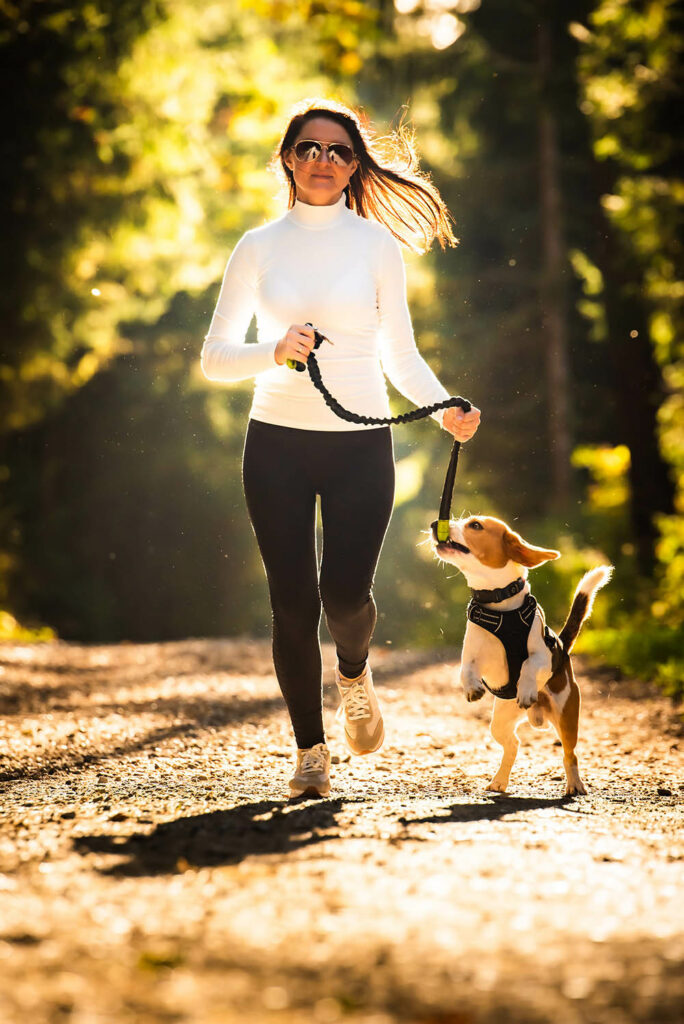
This, in our humble opinion, is the best time to have a nice walk with your furry companion. It is the time that most people are at their best energy stage, not too sleepy like in the morning, and not too energy-drowning like in the evening. Besides, this is also the warmest time of the day, so it’s perfect for those living in cool-weather states.
In case you live somewhere a bit hotter, walking in the late afternoon will do the trick. As opposed to noon peak hours, the sun is softer, and the temperature is lower. Overall, this offers better conditions for easier rides.
Still, we can’t stress enough how crucial it is to take your dog’s particular needs into account. Certain dogs might be more heat-sensitive and would love to go for walks during the cooler parts of the day. On the contrary, other canines might be able to withstand the heat better and enjoy playing and walking in the sun.
After walking countless dogs of our customers, we’ve come to realize that Bulldogs can’t stand the heat, yet those little Chihuahuas have no problem playing and running around on 100-degree burning hot days.
In The Evening
For office workers, walking with their dogs in the evening after work is the go-to solution. The good news is that it’s excellent for social woofers to go on evening walks. Outgoing furries enjoy seeing what’s happening in the community and may even end up making friends with a strange pup. So what time should you walk my dog at night? Around 7-8 PM is the best.
Still, evenings may not be the ideal time for walks if you live next to a busy road because this is typically when traffic is at its worst. Loud sounds brought on by a lot of traffic can frighten timid canine friends.
This takes us back to the horrific memories of walking with a Rough Collie at 7 PM at the city center. This pal was so scared due to all the honking and piping from the cars around us that we had to stop immediately and take him home.
Factors Affect The Dog’s Walking Needs
Age
A dog’s energy needs and activity levels change over time due to age. Young pups, since they are bursting with energy and curiosity, require longer, more frequent walks to accommodate their developing motor skills and expanding brains.
Meanwhile, canines’ daily exercise requirements level out when they reach adulthood. Lastly, elderly pals may benefit from kinder, shorter walks to maintain muscle and joint health. Sounds similar to us humans, right?
Breed
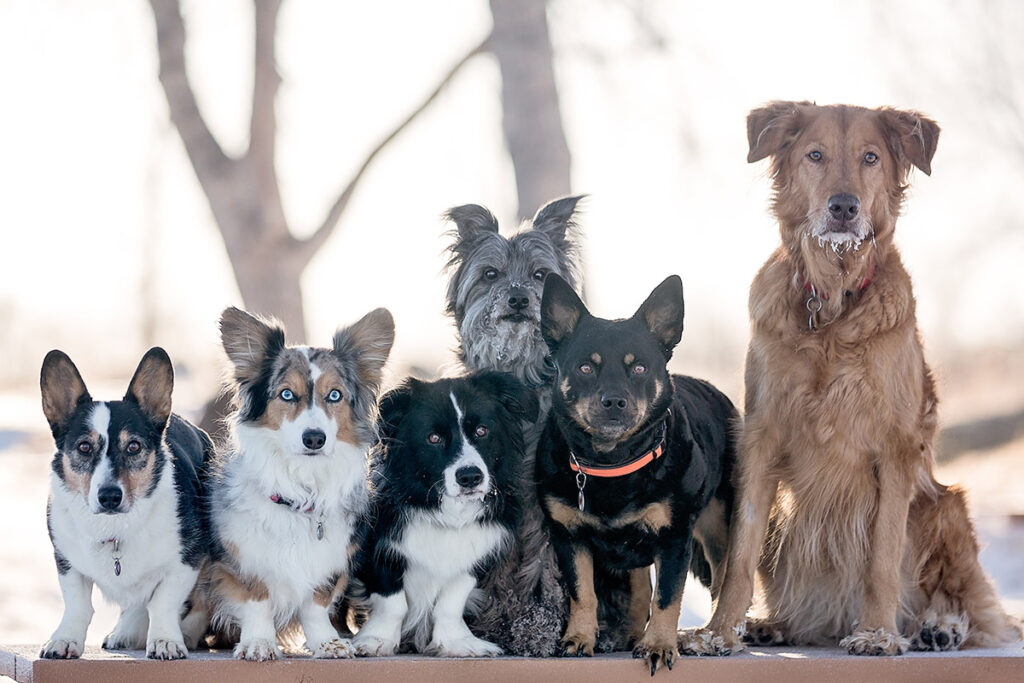
Breeds have a huge impact on a dog’s needs for walking. German Shepherds, Huskies, Labradors, and other high-energy working breeds require a lot more intense activity than, say, a toy dog. If these breeds don’t get one or two hours of exercise a day, they could become bored and put on weight or pick bad behaviors.
Now, you may think this means larger breeds need more regular exercise than smaller ones. It seems logical, but that’s not entirely true. You may be surprised by how long shorties like Chihuahuas and Miniature Poodles can walk. The legs may be short, but their stamina is something to look up to.
Active Level
Every dog is different in terms of activity level, regardless of age or breed. Some are born athletes, always up for a quick jog or game of fetch, while others prefer a slow walk and lots of time for sniffing around.
Take note of their indications, such as a waving tail, excited barking, or an interest in discovering new smells, and modify the length and intensity of your exercise routine accordingly. Canines that show weariness, like heavy panting or falling behind, may require a rest or a shortened walk. Nevertheless, you might want to boost the intensity or length of the workout if your furry friend appears to have lots of energy after a walk.
Frequently Asked Questions
When To Start Walking Your Puppy?
It is advisable to get your pup fully vaccinated before starting walking. It means you will have to wait until it is at least 18 months old to have the first walk. This way, you can rest assured that your little furry will get complete protection from potential external diseases.
Should You Feed Your Dog Before Or After A Walk?
Either way is okay, as long as the walking and feeding times are at least 30 minutes to 1 hour apart. However, feeding the pup after the walk is ideal. This can help your dog burn more energy and fun while minimizing the chance of getting an upset stomach.
Can I Walk My Dog 30 Minutes After Eating?
It depends on your furry’s health conditions. In general, taking a walk after eating for 30 minutes is acceptable if your dog is healthy.
See more: When Is It Too Cold To Walk Your Dog?
The Bottom Line
To be honest, there is no one-size-fits-all walking time for every dog and its parent. Thus, you will have to experiment for a bit to find the best time slot that suits your schedule and the pup’s needs. Try different routines and adjust them as you go; you will soon figure it out!


